We’re into the eighth day of the 25-day Artemis 1 mission to the Moon, and the incoming imagery has been as spectacular and intriguing as expected.
The inaugural Artemis mission is underway, as NASA charts a new path to the Moon. The space agency has big plans for the coming years, but it all starts with Artemis 1 and the first major test of its Orion capsule.
The Artemis era begins
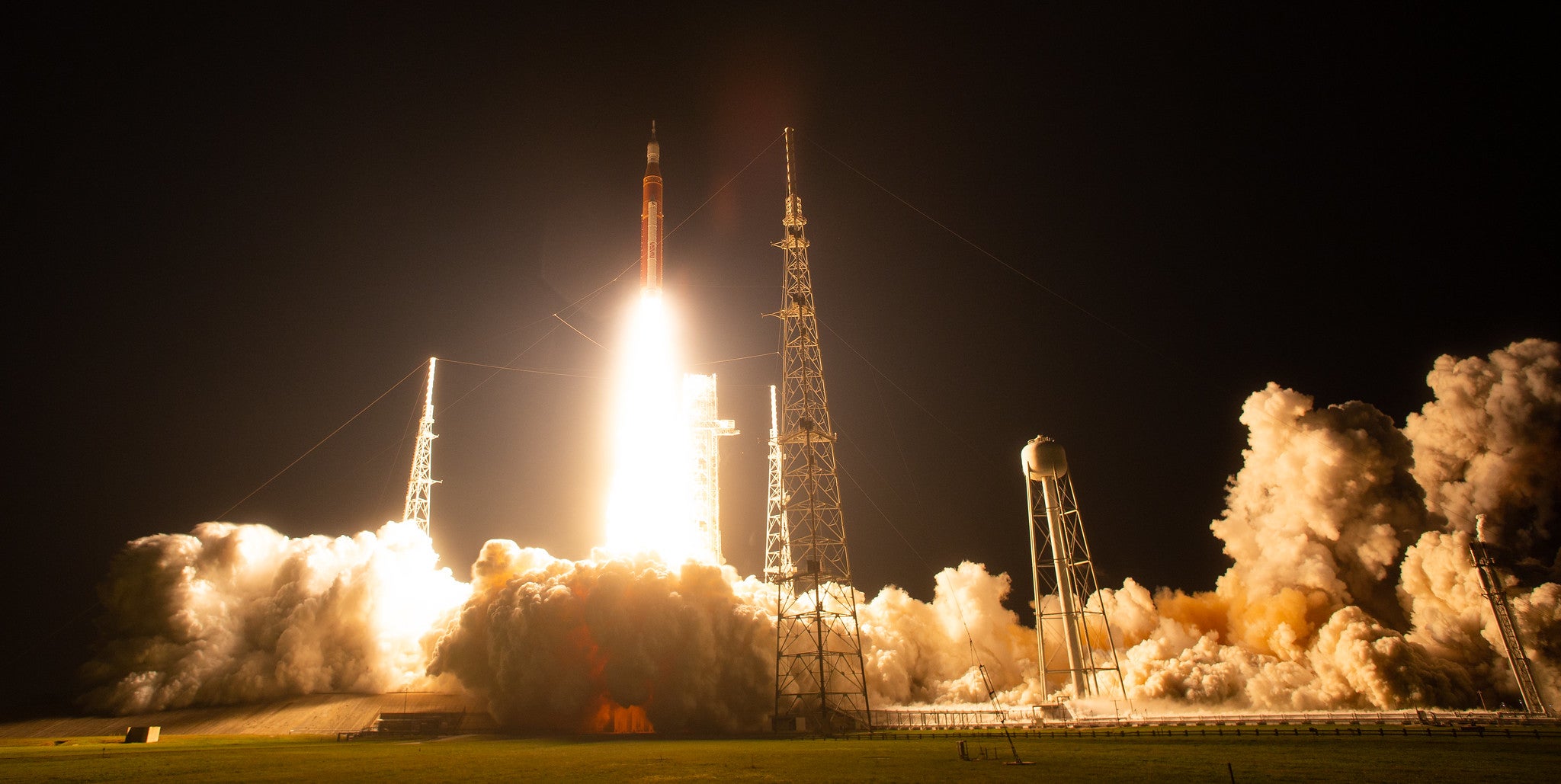
NASA’s Space Launch System launched during the early hours of Wednesday, November 16, sending the uncrewed Orion capsule on a 25.5-day journey to the Moon and back. Artemis 1 is meant to demonstrate the rocket and the spacecraft as NASA prepares for more ambitious missions, including a crewed lunar landing later this decade.
Solar arrays: Deployed
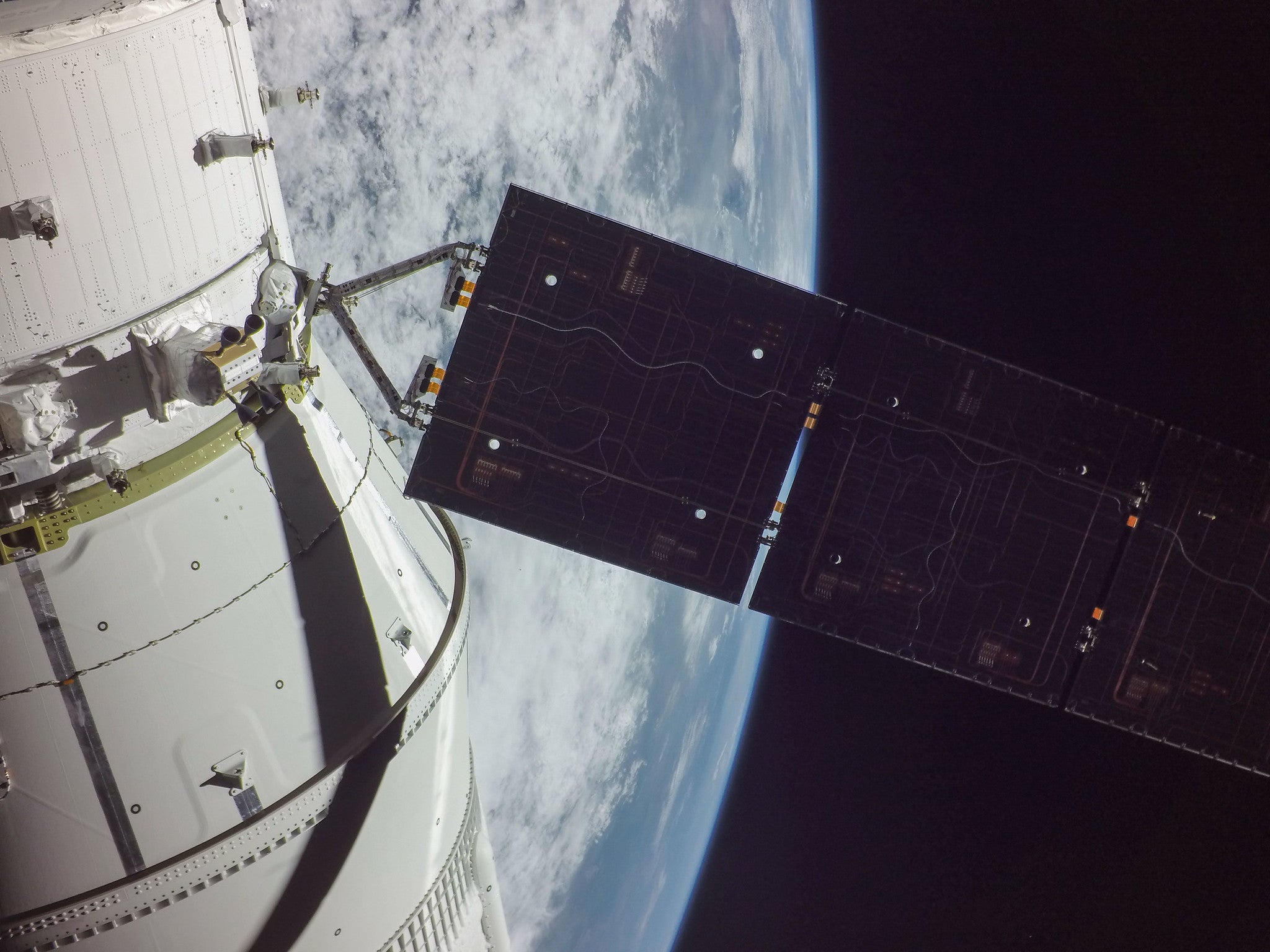
This photo, captured shortly after launch, shows one of Orion’s four solar arrays during deployment. The arrays are attached to the European Service Module, an add-on that provides power, oxygen, water, and temperature regulation. The spacecraft is equipped with 16 different cameras, a number of which are mounted at the ends of the solar arrays.
ICPS separation
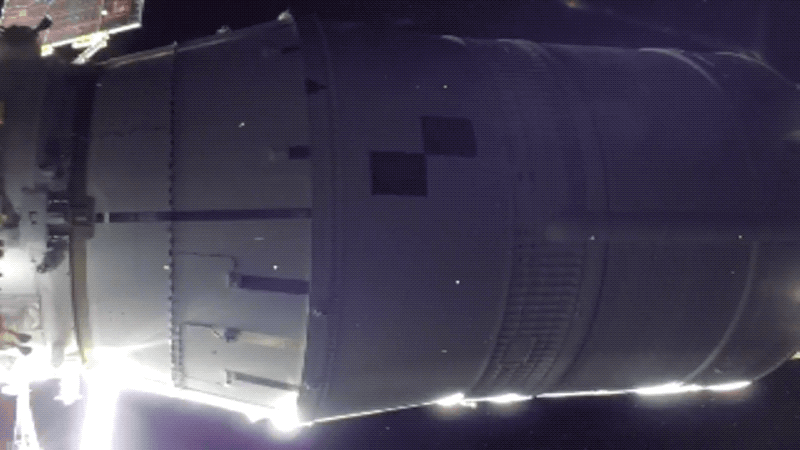
Orion said farewell to the Interim Cryogenic Propulsion Stage (ICPS) after the successful completion of a perigee raise manoeuvre and trans-lunar injection. The ICPS is now orbiting the Sun and will eventually meet a fiery demise.
Goodbye, Earth
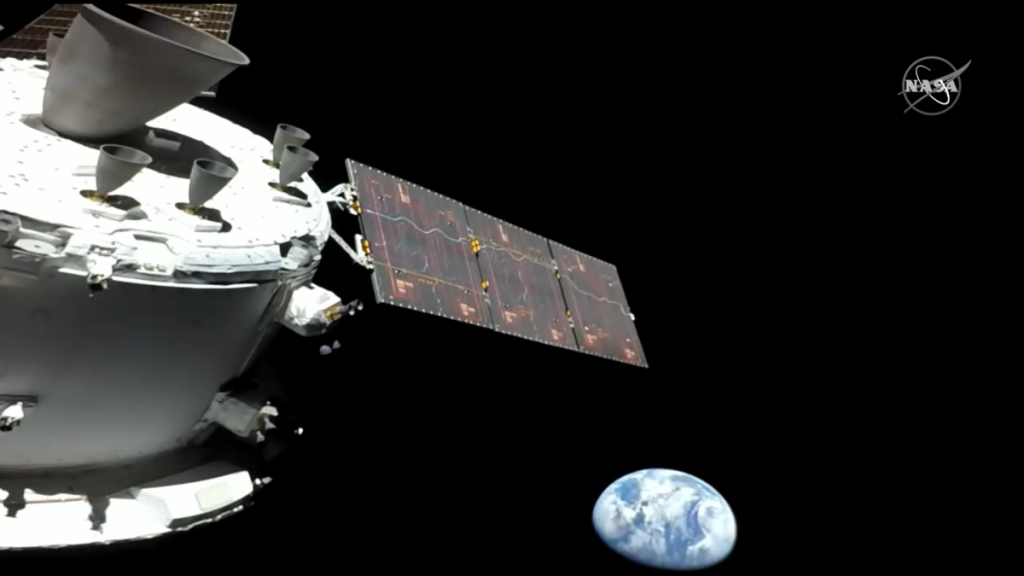
Following the successful trans-lunar injection burn, Orion charted a course toward the Moon, where it will enter into a distant retrograde orbit and then head back home. The mission is scheduled to end on December 11, by which time Orion will have travelled 1.3 million miles (2.1 million kilometers). The spacecraft captured this parting image of Earth roughly nine hours into the Artemis 1 mission.
More on this story: What’s Next for the Orion Spacecraft as It Cruises Toward the Moon
Our only home
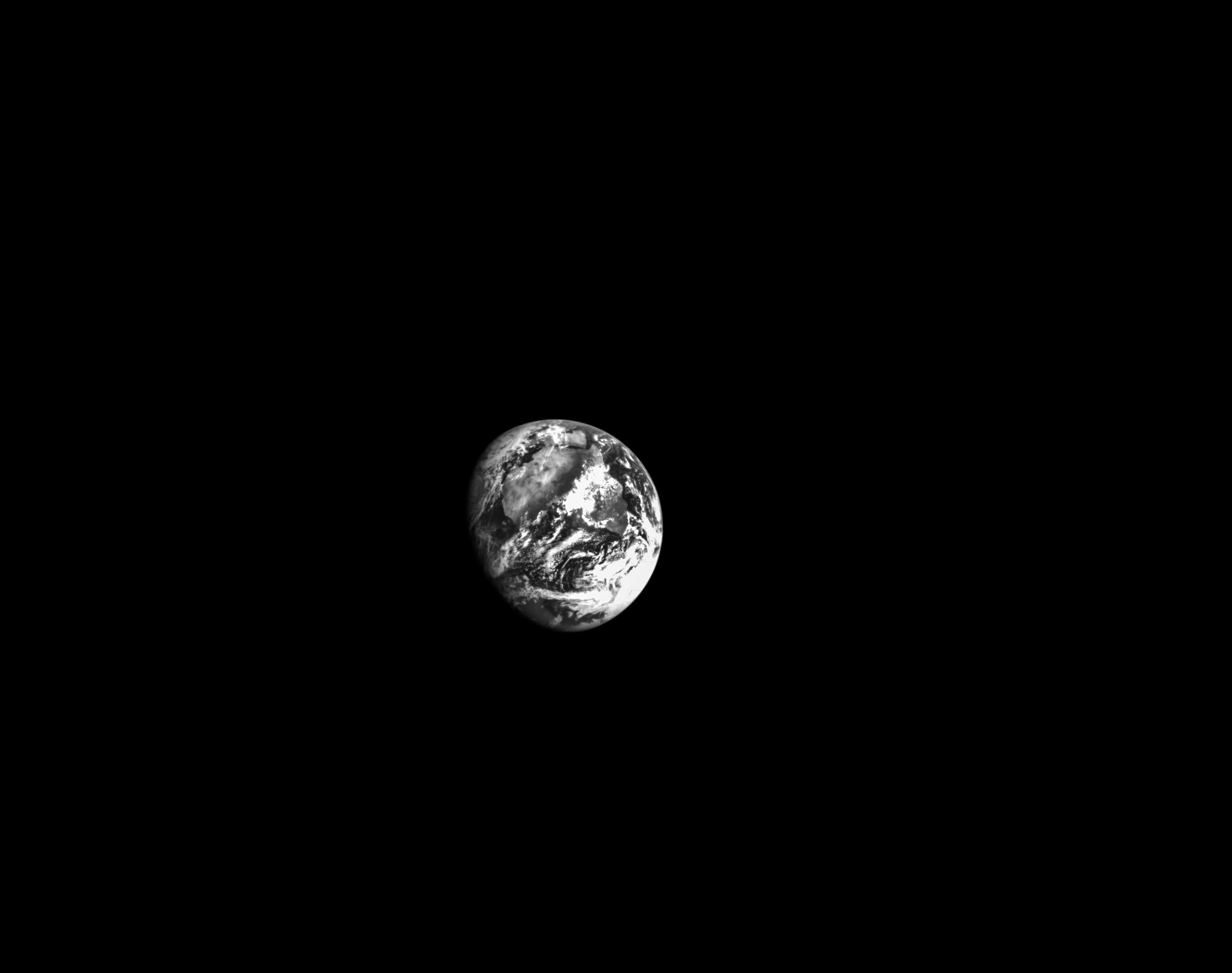
Orion captured this haunting greyscale image of Earth with its onboard optical navigation camera on November 17, the second day of the 25.5-day mission. The spacecraft can better orient itself in space by taking images of the Earth and Moon at various phases and cycles, so this is more than just a pretty picture. NASA is currently testing this technology in hopes of refining it for future Artemis missions.
Halfway there

Orion manoeuvred its solar arrays on day three of the mission. A camera mounted at the tip of the array documented the procedure, providing this dizzying view of Orion and the Moon.
Self-inspection

A solar array camera captured this high-resolution photo of Orion on November 19, day three of the mission. The image was taken as part of a routine inspection of the spacecraft as it ventured toward the Moon. NASA has encountered some minor issues, but overall the space agency says Orion is exceeding expectations.
Snoopy sighting
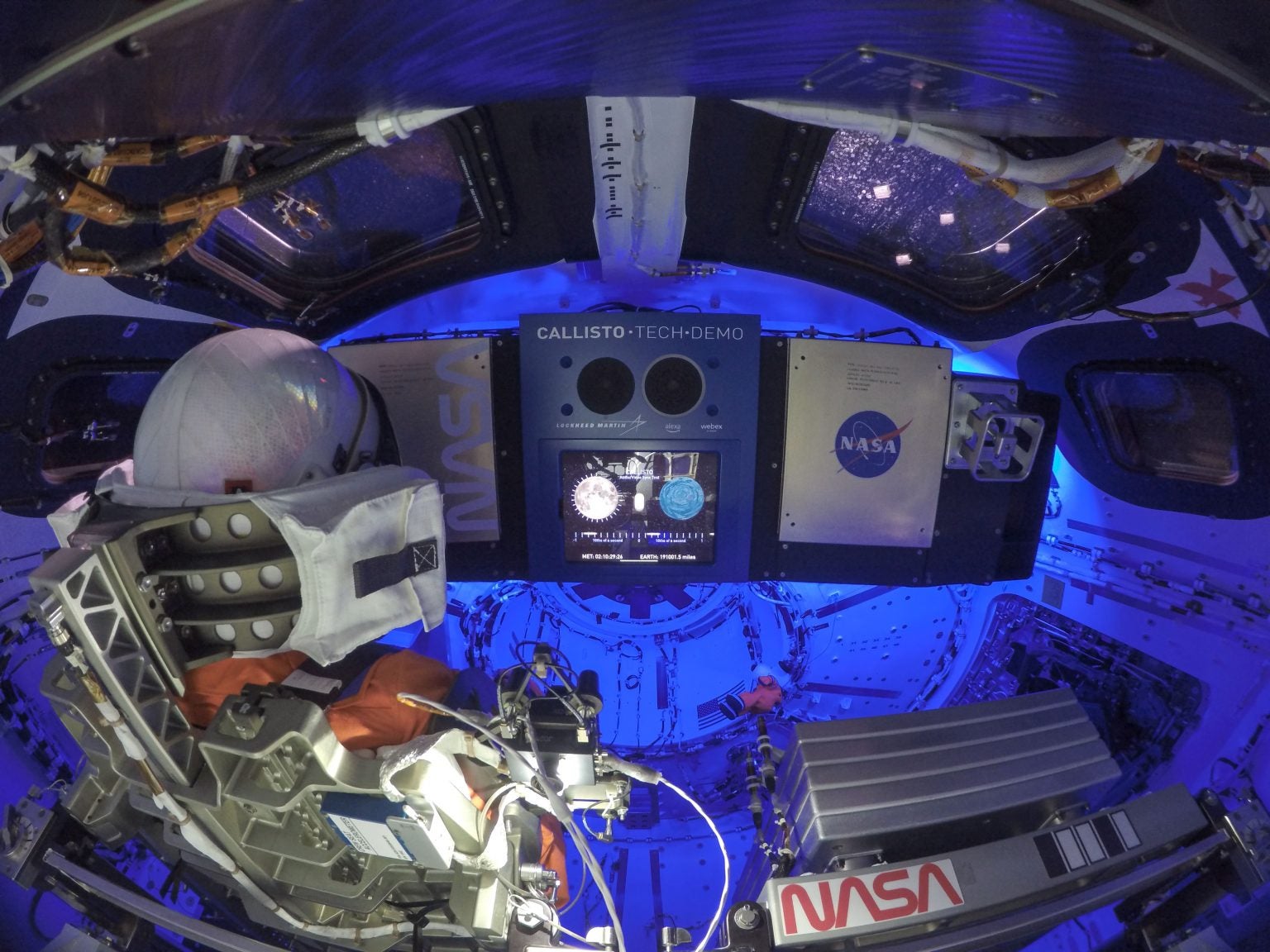
The Snoopy plush doll, used as a zero gravity indicator, finally made its long-awaited appearance on November 20 (you can see it floating just to the lower right of centre). By day five of the mission, Orion had travelled 374,467 kilometres from Earth and was 63,571 km from the Moon.
The target

Orion’s optical navigation camera captured this eerie view of the Moon on November 21, just prior to the spacecraft performing its closest approach to our natural satellite. The spacecraft was moving at around 3,425 km per hour when the photo was taken.
Far from home

As Carl Sagan once said: “Look again at that dot. That’s here. That’s home. That’s us. On it, everyone you love, everyone you know, everyone you ever heard of, every human being who ever was, lived out their lives.” Orion captured this view of Earth while at its closest distance to the Moon.
See you on the dark side of the Moon

On Monday, November 21, Orion successfully performed an outbound powered flyby of the Moon, in which the capsule came to within 130 km of the lunar surface. The manoeuvre was an important step as Orion continues to cruise toward its ultimate destination: distant retrograde orbit. A portion of the lunar far side can be seen along the left side of the Moon.
Earthrise
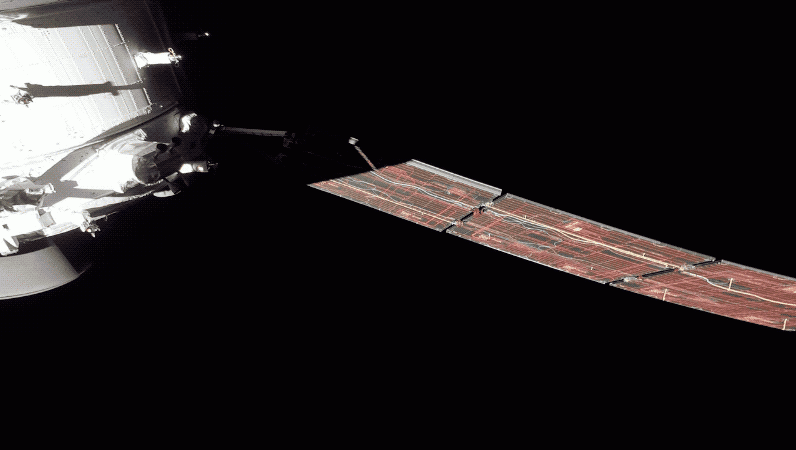
The camera on Orion’s solar array captured this amazing video of Earth rising behind the darkened Moon. The video was taken on day 6 of the mission shortly after Orion performed its outbound powered flyby and as the capsule re-connected with ground controllers on Earth. Orion is scheduled to depart the lunar system on December 1 and commence on a nine-day journey to Earth. The capsule must then survive atmospheric reentry and a splashdown in the Pacific Ocean.
